As product makers get larger, their ability to come up with new ways of doing things diminishes drastically.
Most continue to do cosmetic changes and prefer to push old technologies through new styling, advertising and marginal adjustments that are consumer facing. Brands and communication assume far higher meaning than the way products work, primarily because of the way commerce is organized in the consumer marketplace.
Brand managers and designers pander to this risk-averse attitude by worshipping market research, defining consumer preferences, trend analysis and all kinds of jargon that essentially focuses on short term ideas for selling same old technology, solving same old problems.
Once in a while an inventor comes on the scene and radically changes the way products are thought through. Some of these inventors have challenged the way businesses are run, putting back technology into everyday consumer products.
One such British inventor is Sir James Dyson, the sole owner of his company that invents and makes marvelous consumer durables. Dyson is most well known for his bagless vacuum cleaners that work on the dual cyclone technology he developed from his garage. Thirty years ago, Dyson, frustrated with his Hoover junior vacuum cleaner that clogged up and lost suction, started working on making the ultimate vacuum cleaner.
After five long years and 5,127 prototypes, he finally had the cyclone technology that could remove micro particles like dust and other stuff like strands of hair, paper etc. equally well. Dyson’s company, a billion dollar business now, makes arguably the best vacuum cleaners and sells them around the world.
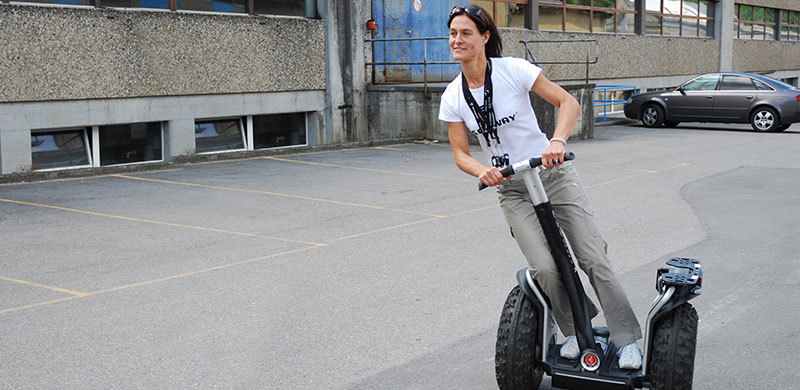
Dean Kamen of the Segway fame is an American inventor who holds more than 440 U.S. and foreign patents, many of them for innovative medical devices that have expanded the frontiers of health care worldwide. Amongst the most notable of his inventions apart from the Segway personal transporter, is the iBot, a hi- tech wheelchair and the Luke arm, an artificial arm and an extreme electromechanical piece of equipment that has redefined prosthetics.
Dean says, ‘Watching someone in a wheelchair struggling to get up onto a curb made us realize that it was time for the wheelchair to be completely reinvented’. An offshoot of the gyroscopic technology coupled with electronics that was developed for the iBot was the engine behind the famous Segway personal transporter.
Segway, though a far lesser commercial success than earlier thought, is slowly gaining acceptance throughout the world. Dean’s latest work on prosthetics has enabled American soldiers who lost their limbs in the Iraq and Afghanistan wars to do activities no one ever thought they could. They can now feed themselves, pour a glass of juice and unbelievably, pick up a grape without crushing it. The project is still under development and is undergoing clinical trials.
Both these inventors devote a lot of time through their not-forprofit arms, working with universities and governments, popularizing old-fashioned science and engineering. It is perhaps time, designers, inventors and business heads questioned themselves on why brand and advertising budgets are ten to hundred times that of the research and development costs for many of the industrially manufactured consumer products.
-
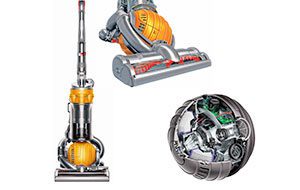
James Dyson’s ‘DC40 Origin’ vacuum cleaner. Dyson’s vacuum cleaners use patented cyclone technology to remove dust and dirt. -
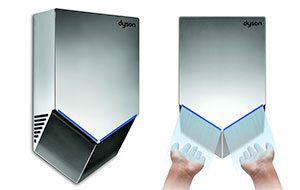
Dyson’s hand driers use sheets of air at 420 mph to clean hands hygienically under 12 seconds. -
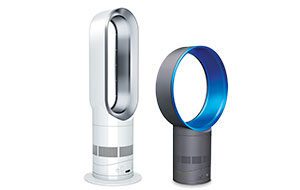
Dyson hot+cool and Air Multiplier don’t have any blades or visible heating elements. They amplify air 18 times to give a smooth airflow. -
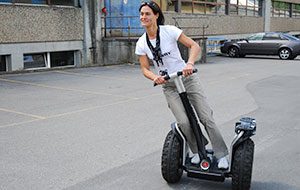
Segway is Dean Kamen’s most famous product. It is battery driven and uses gyroscopic mechanisms to self balance and intuitively understand the rider’s body position to automatically enhance the ride experience. -
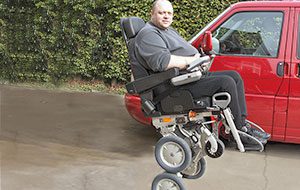
Kamen’s iBOT uses balancing technology that allows the user to go up and down staircases, navigate difficult terrain and ‘stand’ at eye level with the people around them. -
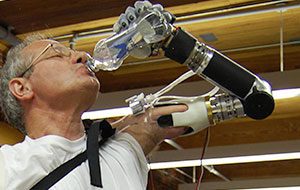
The ‘Luke arm’ developed by Kamen’s DEKA Research is a robotic arm designed to restore functionality for individuals with upper extremity amputations. -
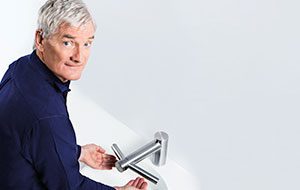
“We don’t have industrial designers. All our engineers are designers and all our designers are engineers. When you separate the two, you get the designers doing things for marketing purposes rather than functional reasons” – James Dyson
